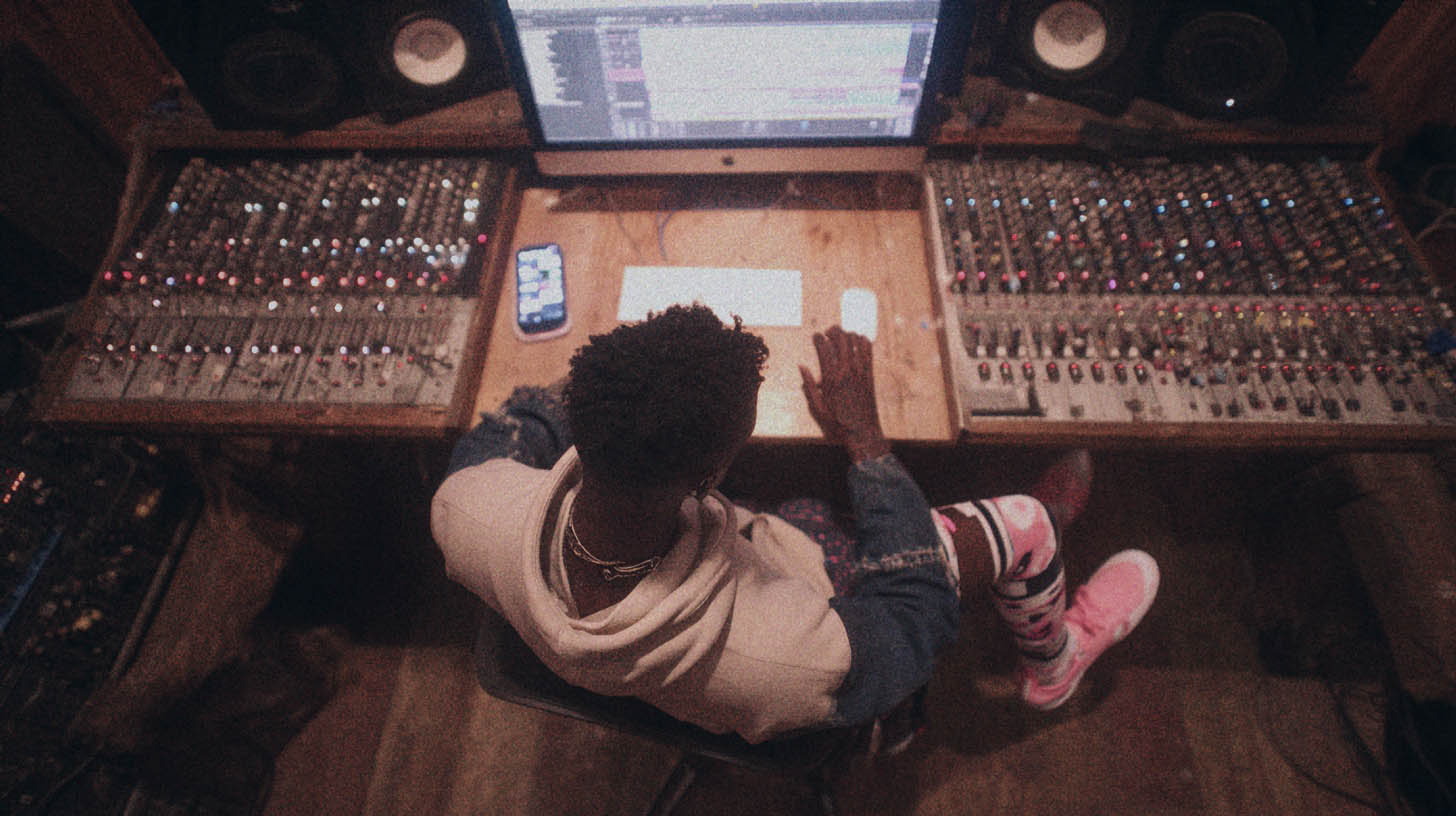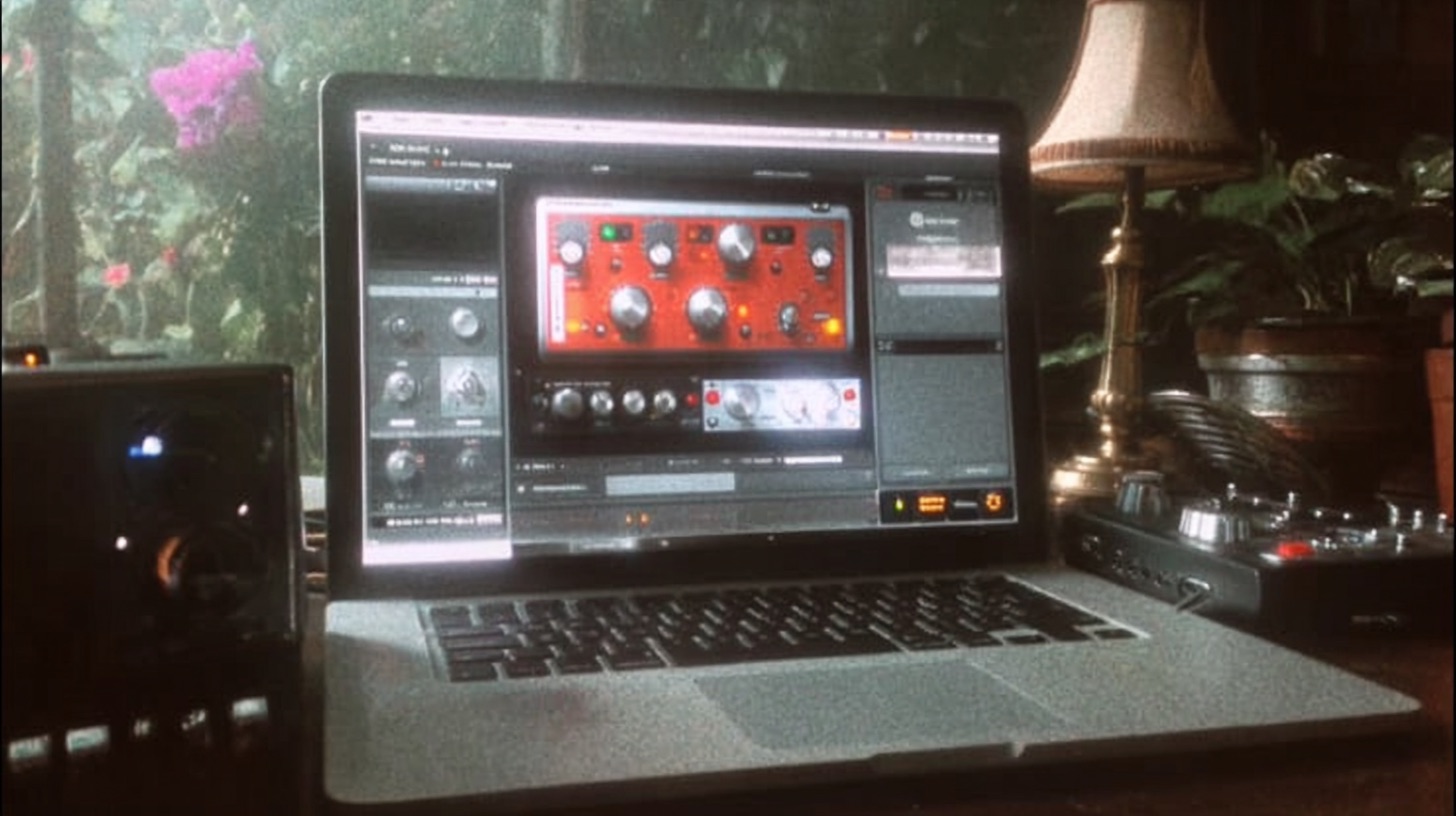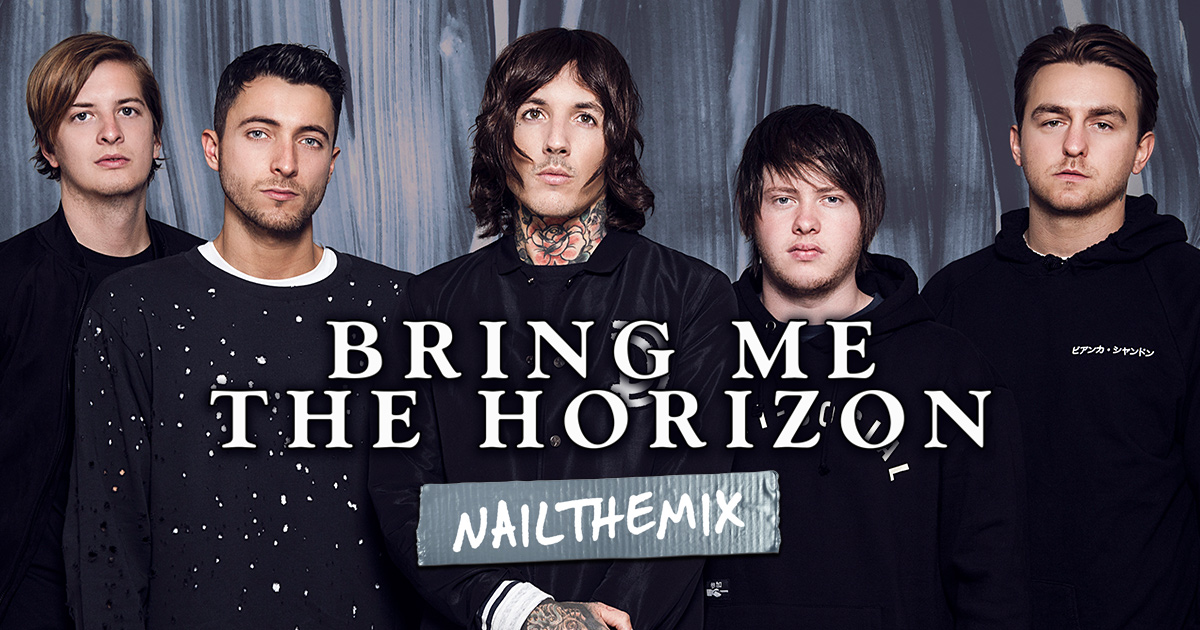
What is a Decibel? Your Guide to dB in Metal Production
Nail The Mix Staff
Alright, let's talk about something you see plastered all over your DAW, your plugins, your gear, and pretty much every audio discussion ever: the decibel, or dB. It’s one of those terms that can feel a bit like black magic if you haven't dug into it, but trust us, getting a solid grip on what a decibel actually is and how it works is totally fundamental to crafting mixes that punch, slam, and don't turn into a distorted mess (unless you want them to, of course).
For metal producers, understanding decibels isn't just academic – it's about controlling the chaos, dialing in bone-crushing tones, and making sure your tracks hit hard. From setting levels on your interface like a Focusrite Scarlett or Universal Audio Apollo when tracking those massive guitar tones from a Peavey 6505, to the final master, dB is your constant companion.
So, What Exactly IS a Decibel? The Nitty-Gritty
First off, a decibel isn't a fixed unit of measurement like a volt or a watt in the way you might think. It’s a logarithmic unit that expresses a ratio between two values. "Logarithmic" is key here because it mirrors how our ears perceive loudness – we hear changes in sound intensity logarithmically, not linearly. This means a jump from quiet to a bit louder feels different than a jump from loud to even louder, even if the absolute power change is the same.
Because it’s a ratio, a decibel always needs a reference point. That's why you see different flavors of dB floating around. For us in the studio, these are the big ones:
dBFS: Your DAW's Best Friend (and Worst Enemy)
This is the one you’ll live and breathe in your Digital Audio Workstation (DAW) like Pro Tools, Reaper, Logic Pro X, or Cubase. dBFS stands for "Decibels Full Scale."
- The Ceiling: 0 dBFS is the absolute maximum level your digital system can handle. Think of it as the digital ceiling.
- Clipping City: Try to go past 0 dBFS, and you get digital clipping – nasty, harsh distortion that usually sounds like garbage. Not the cool, musical distortion from your amp or a sick plugin like a Decapitator; we're talking about unrecoverable digital wreckage.
- Actionable Tip – Headroom is King: This is why you hear everyone preaching about headroom. When tracking, aim for your peaks to hit somewhere around -18 dBFS to -12 dBFS, maybe -6 dBFS at the absolute hottest if you know what you're doing. This gives you space to work in the mix without constantly fighting the digital ceiling. Individual tracks in your mix? Same deal. Keep those levels conservative.
dBSPL: The Sound in the Room (and How Loud Your Amp Is)
dBSPL stands for "Decibels Sound Pressure Level." This measures the actual sound pressure in the air – how loud things are in the real world.
- Real-World Volume: This is what you measure with an SPL meter. It's relevant for how loud your studio monitors (like Yamaha HS8s or Adam A7Xs) are when you're mixing, or how insanely loud your guitarist's Mesa Boogie Dual Rectifier is in the live room (we’ve all been there).
- Hearing Protection, Seriously: A cranked 100-watt amp through a 4×12 cab can easily push 120 dBSPL or more up close. Sustained exposure to levels above 85 dBSPL can damage your hearing, so be smart.
- Mixing Levels: A common recommendation for mixing is around 80-85 dBSPL to get a balanced perspective without frying your ears too quickly. Grab an SPL meter app for your phone or a dedicated device to check your listening levels.
dBu and dBV: Analog Gear Talk
These pop up when you're dealing with analog audio equipment – interfaces, preamps (like a Neve 1073 or API 512c clone), consoles, and outboard effects. They both refer to voltage levels.
- +4 dBu (Pro Level): This is the standard operating level for professional audio gear.
- -10 dBV (Consumer Level): Typically found on semi-pro or consumer gear.
- Why It Matters: Mismatching these levels (e.g., plugging a -10 dBV output into a +4 dBu input without proper gain staging) can lead to weak signals and noise, or, conversely, overloaded inputs and distortion. Pay attention to your gear's specs when connecting things!
Decibels in Action: How dB Shapes Your Metal Mix
Okay, theory's cool, but how does this dB stuff actually help you make your metal mixes sound massive? It's everywhere, man.
Setting Levels & Creating Headroom: The Foundation
This is ground zero. Every fader in your DAW moves in decibels. Gain staging – setting appropriate levels at each stage of your signal chain – is all about managing dB.
- Tracking Right: As mentioned, get good levels into your DAW from the start. Not too quiet (noise floor issues), not too loud (clipping).
- Balance is Everything: Mixing is largely about balancing the relative loudness of tracks. Is the kick drum 3dB louder than the bass? Is the snare cutting through by 6dB over the guitars during the chorus? Your faders are your primary dB tools for this.
- Master Bus Headroom: Leave plenty of headroom on your master fader (e.g., peaks at -6 dBFS to -3 dBFS) before you even think about mastering or sending it off. This gives you or the mastering engineer room to work.
EQ Moves: Cutting and Boosting with Precision
Every EQ plugin, whether it's a workhorse like FabFilter Pro-Q 3, an emulation like the Waves SSL E-Channel, or your stock DAW EQ, uses decibels to define how much you're cutting or boosting frequencies.
- Surgical vs. Broad: A 2dB cut at 350Hz on a muddy rhythm guitar with a narrow Q (bandwidth) is a very different move than a broad 2dB boost at 8kHz for air on the overheads.
- Actionable EQ Example: Got some boxiness in your toms? Try a 4dB cut with your favorite EQ plugin (maybe the Pultec emulation from UAD, the EQP-1A) somewhere between 300Hz-500Hz. Hear that clear up? That’s dB at work.
- Deeper Dive: Making those guitars sit right or getting that kick to punch through often comes down to smart, decisive EQ moves measured in dB. For more on carving out space and making elements sit right, check out our essential EQ strategies for mixing modern metal.
Compression & Dynamics: Taming Peaks with dB
Compressors are all about decibels. The threshold, ratio, and makeup gain are fundamentally dB-driven controls.
- Threshold: This is the dB level at which the compressor starts working. If your threshold on a vocal compressor like a CLA-2A emulation is set to -18 dBFS, it’ll only start compressing when the signal exceeds that level.
- Ratio & Reduction: A 4:1 ratio means for every 4dB the signal goes over the threshold, the output will only increase by 1dB. The meter showing "Gain Reduction" tells you how many dB the signal is being attenuated at any given moment.
- Actionable Compression Example: Want to smash a room mic for effect? Set your compressor (try a Distressor emulation like the Slate Digital FG-Stress or an 1176 style plugin like Arturia's Comp FET-76) with a low threshold, say -25dBFS, a high ratio like 10:1 or even 20:1, and watch that gain reduction meter dance! You might see 10-15dB of reduction, then use makeup gain to bring the heavily compressed signal back up.
- More on Compression: Understanding how compressors use dB to manipulate dynamics is crucial for punchy drums and controlled vocals. Explore our metal compression secrets to get beyond just making things loud.
Understanding Metering: Visualizing Your Levels
Your DAW’s meters (and dedicated metering plugins like the Brainworx bx_meter or Youlean Loudness Meter) are your visual guides to what’s happening dB-wise.
- Peak vs. RMS/LUFS: Peak meters show you the absolute highest dBFS level, crucial for avoiding clipping. RMS (Root Mean Square) and LUFS (Loudness Units Full Scale) meters give you a better idea of perceived loudness, which is often more musically relevant than just peak levels.
- Informed Decisions: Don't just mix with your ears (though that's #1!), use your meters. If your snare sounds quiet but the peak meter is hitting -3 dBFS, you might have a transient problem, not a loudness problem.
- Mastering for Streaming: In modern mastering, integrated LUFS targets (e.g., -14 LUFS for many streaming platforms) are key. This is all dB-based.
Common dB Rules of Thumb (and Why They Matter)
You'll often hear these figures thrown around. They're useful approximations:
- +3dB = Twice the Power: If you double the power of an amplifier, you get a 3dB increase.
- +6dB = Twice the Voltage/Sound Pressure: If you double the voltage (common in line-level signals) or sound pressure level, that's a 6dB increase. This means if you want something to be twice as loud in terms of raw SPL, you need to boost it by 6dB.
- +10dB = Perceived as Twice as Loud: This is a rough psychoacoustic guideline. To make something sound about twice as loud to the human ear, you often need to increase its level by around 10dB.
Why care? If a vocal feels buried and you boost it 1dB, it's probably not enough. If you want it significantly louder, think in terms of 6dB to 10dB changes as starting points, then fine-tune.
Don't Fear the Decibel: Embrace It for Killer Mixes
So, the decibel isn't some mythical beast. It’s a practical, everyday tool that, once you get comfortable with it, gives you way more control over every aspect of your metal productions. From dialing in the input gain on your interface for those face-melting DI tracks to making precise EQ adjustments with plugins like the FabFilter Pro-Q 3, and understanding what your compressor (be it a stock DAW one or a fancy Slate Digital VBC) is actually doing, decibels are at the heart of it all.
The more you understand what +3dB here or -6dB there actually means for your audio, the faster and more intuitively you'll be able to translate the sound in your head to the speakers.
Mastering concepts like decibels, gain staging, EQ, and compression is a huge part of what transforms a decent mix into a pro-level metal production that can stand up to your favorite records. If you're ready to see how top-tier producers apply these principles in real-world sessions, using the exact multi-tracks from bands you love, then you need to check out how you can Unlock Your Sound: Mixing Modern Metal Beyond Presets. Seeing pros wrangle dBs on tracks from bands like Gojira or Periphery can be a total game-changer.
Now go make some noise – intelligently!
Get a new set of multi-tracks every month from a world-class artist, a livestream with the producer who mixed it, 100+ tutorials, our exclusive plugins and more
Get Started for $1





